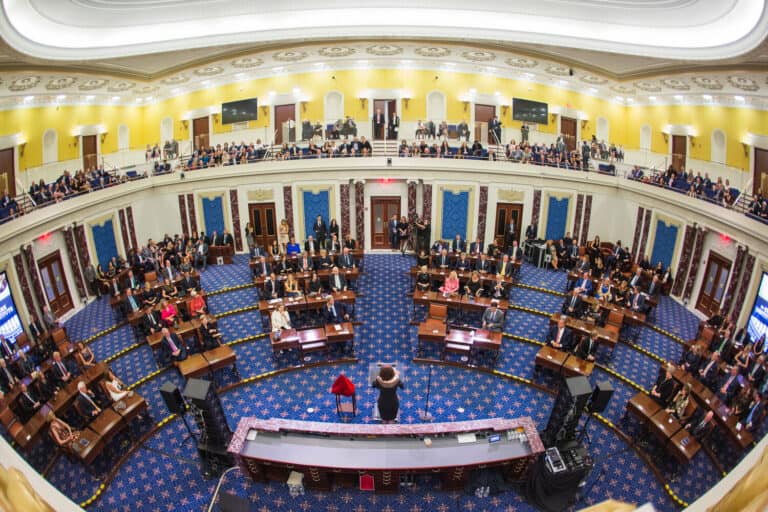Arizona teachers voted to strike this past Thursday, making them the latest in a series of teachers’ strikes across the country, National Public Radio reports. The statewide walkout will begin on Thursday, April 26, and will be the first of its kind in state history. While Arizona Governor Doug Ducey promised a 20 percent wage hike by 2020, teachers demand similar wage increases for the custodians, cafeteria workers and other support staff who keep the schools running smoothly. The walkout comes despite Arizona being a right-to-work state.
The Columbia Spectator reports that Columbia University graduate students plan to strike next week after months of the university refusing to negotiate with the graduate student union. Columbia University Provost John Chatsworth claims that whether or not graduate students can unionize is a “still-unsettled question,” despite the fact that the NLRB ruled in favor of graduate student unionization in 2016. The university is engaged in a prolonged legal battle over the students’ right to organize, and is pursuing their legal claims to federal appeals court.
Amazon published its workers’ median salary of $28,446 last week, the Wall Street Journal reports. The salary highlights that while the company’s image suggests a workforce of well-paid Silicon Valley programmers, it actually relies primarily on blue-collar labor for the vast portion of its services. The bulk of Amazon workers pack and ship orders from its warehouses, rather than staffing the 45,000 white-collar jobs in its Seattle headquarters. At $13.68 per hour, the median salary is typical for a front-line warehouse worker, meaning Amazon’s market monopolization hasn’t translated to better pay for the majority of its staff.
More than half of US states lack sufficient unemployment funding for the next recession, the Wall Street Journal Reports. Department of Labor data show that 29 states don’t have enough cash in their unemployment trust funds to pay out a year’s worth of benefits at recession-type levels. The federal government typically provides a funding to states that run out, although this often means reducing unemployment benefits in the long run in order to pay back federal debts. In Ohio, which borrowed $2.6 billion from the federal government during the recession, the debate is still ongoing over whether to repay their debt by increasing employer taxes or decreasing employee benefits.






Daily News & Commentary
Start your day with our roundup of the latest labor developments. See all
October 31
DHS ends work permit renewal grace period; Starbucks strike authorization vote; captive-audience ban case appeal
October 30
Sweden’s Tesla strike enters its third year; Seattle rideshare drivers protest Waymo’s expansion in the city.
October 29
9th Circuit rejects challenge to NLRB's constitutional structure; preemption challenges to state labor peace statutes
October 28
Two federal unions oppose CBA cancellations, another federal union urges Democrats to end the government shut down, and Paramount plans for mass layoffs
October 27
GM and Rivian announce layoffs; Boeing workers reject contract offer.
October 26
California labor unions back Proposition 50; Harvard University officials challenge a union rally; and workers at Boeing prepare to vote on the company’s fifth contract proposal.